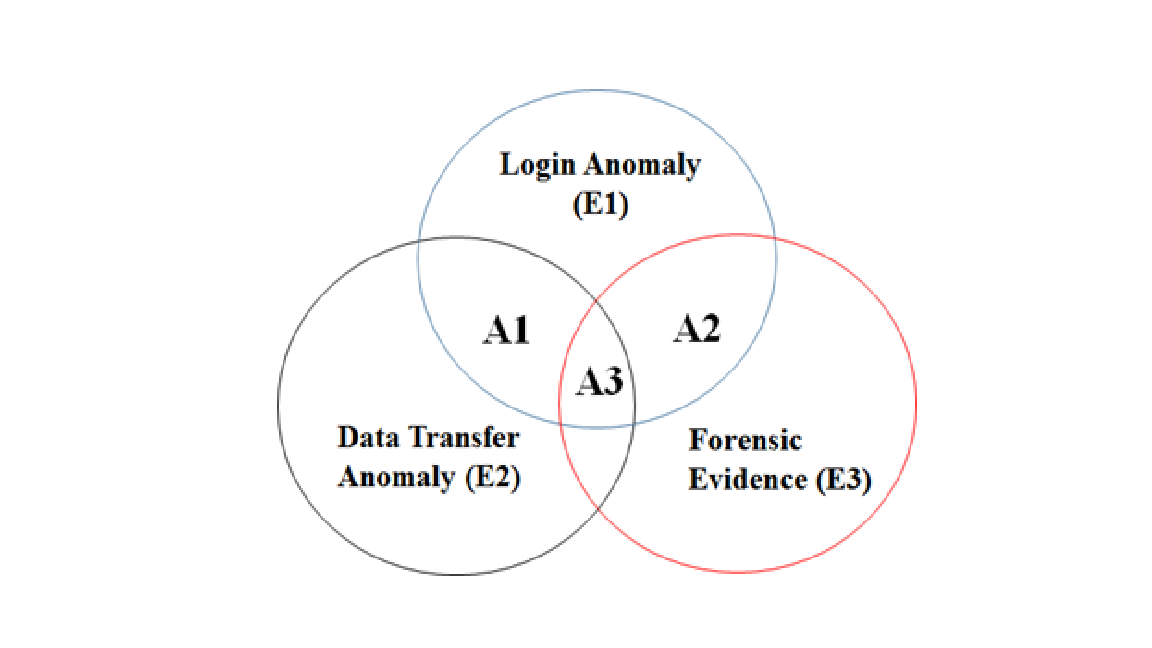Machine Learning for Detecting Insider Data Theft
Main Article Content
Abstract
Insider data theft poses a significant threat to organizations, often resulting in severe financial and reputational damage. Traditional security measures are frequently insufficient to detect such threats, particularly when insiders exploit legitimate access to sensitive information. This paper explores the application of machine learning techniques for detecting insider data theft in real-time. We evaluate various supervised and unsupervised models, including decision trees, support vector machines, neural networks, and clustering algorithms, to identify anomalous user behavior indicative of data exfiltration. Using a synthesized and real-world dataset comprising access logs, file transfer activities, and behavioral indicators, we demonstrate the effectiveness of these models in distinguishing between benign and malicious activities. Our findings indicate that hybrid approaches combining behavioral analytics with machine learning yield high detection accuracy and low false positive rates. This research highlights the potential of intelligent, adaptive systems to proactively safeguard organizational data against insider threats.
